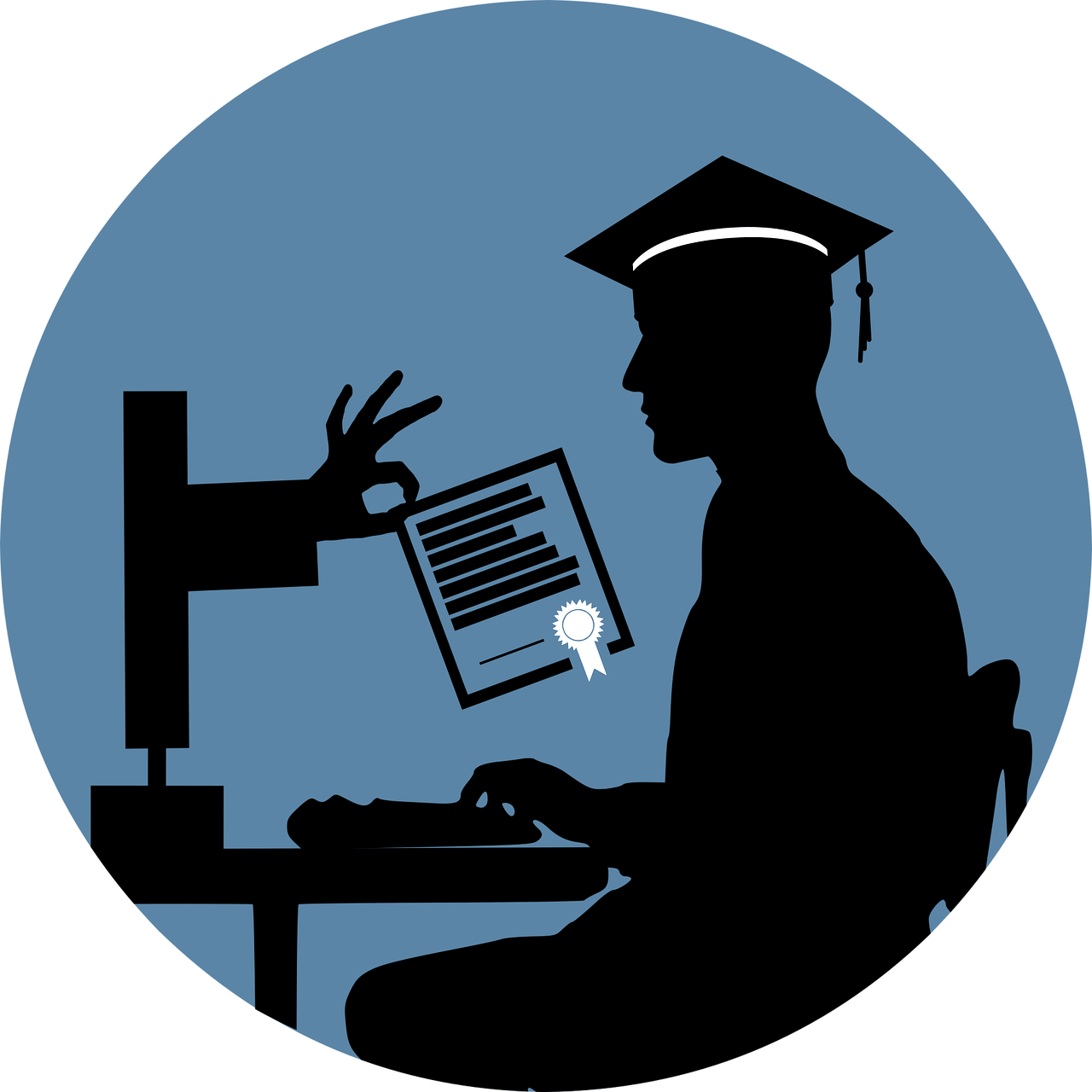Nuorisobarometri 2020 ja moniulotteinen digitalisaatio
Vuoden 2020 Nuorisobarometri julkaistiin 23.3.2021. Nuorisobarometrin teemana on nuorille tarjottavat palvelut, joita tarkastellaan käytön, tarpeen ja riittävyyden näkökulmista. Tutkimus perustuu 1938 puhelinhaastatteluun. Nuorilta kysyttiin sosiaali- ja terveyspalveluiden, TE-palveluiden ja kohdennetun nuorisotyön palveluiden lisäksi myös kulttuuriin, vapaa-aikaan, ja avoimeen nuorisotyöhön liittyvien palveluiden käytöstä (s. 5). Tässä blogitekstissä nostan esille Nuorisobarometrissa käsiteltyjä digitalisaatioon liittyviä asioita, jotka tuntuivat […]

Digital Imaginaries and Imperatives of Education of the 21st Century – Critical Perspectives from Sociology of New Public Management and Philosophy of Education
ABSTRACT FOR THE ACM CHI CONFERENCE 2021 ”More than 70 startups from across 15 countries have graduated from xEdu, some of which have gone on to raise follow-on capital. They include 3DBear, a developer of augmented reality learning experiences, coding education startup Bomerbot, social-emotional program provider Mightifier and Roybi, which makes educational robots for kids.” […]

Finland as a “Light Beacon” for Serbian Digital Imaginaries: The New Forms of Digital Divide – Who Cares?
PRESENTATION FOR THE ANNUAL SOCIOLOGICAL CONFERENCE OF THE WESTERMARCK SOCIETY 2021 Finland represents a digital society developed on digi-technological imperatives and imaginaries, and with a young generation that is considered as ”digital natives” with competences and opportunities to highly benefit digitalization in their life-courses. However, statistics still show ”digital divide” and unequal socio-material stratification among […]

Kohti aineistonkeruuta
Olemme Dequal-hankkeessa aloittelemassa aineistonkeruuvaihetta. Tavoitteenamme on tuottaa sekä määrällistä että laadullista tutkimusaineistoa kolmella erilaisella paikkakunnalla eri puolilla Suomea vuonna 2005 syntyneiden nuorten keskuudessa. Tutkimusluvat on saatu ja kaikki näyttäisi olevan hyvin. Tutkimusaineiston tuottaminen alkaa nuorten digitaalisten laitteiden käyttöä, osallisuutta ja asuinpaikkaa taustoittavalla kyselyllä, jota olemme suunnitelleet joulukuusta alkaen. Kysely alkaa olla valmis ja se olisi […]